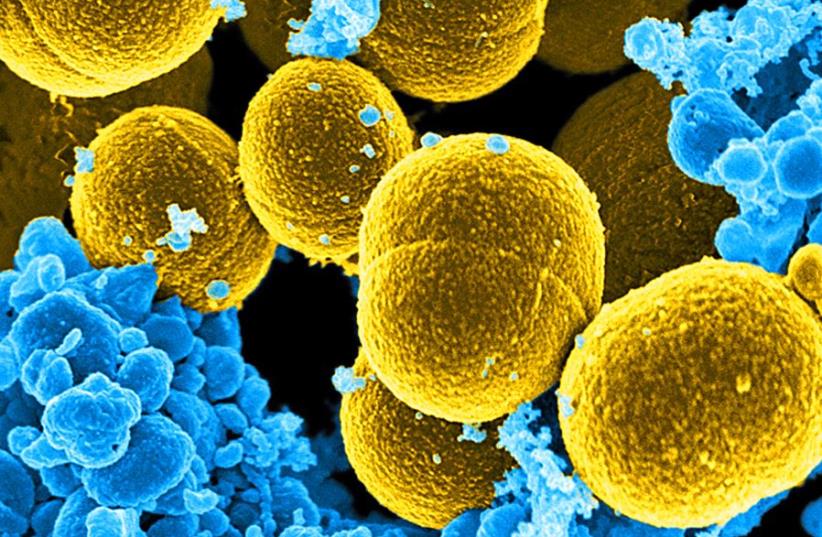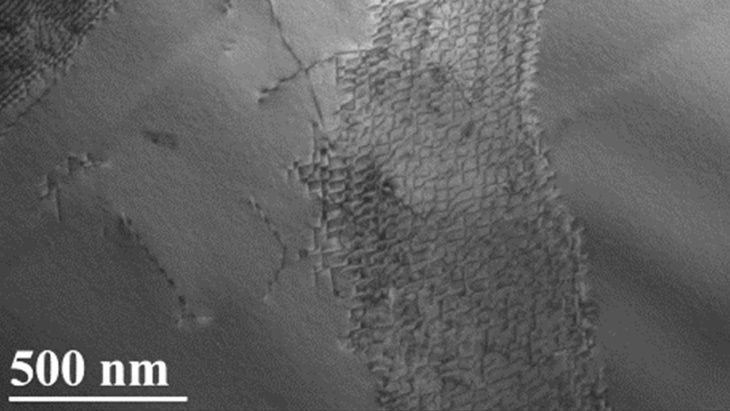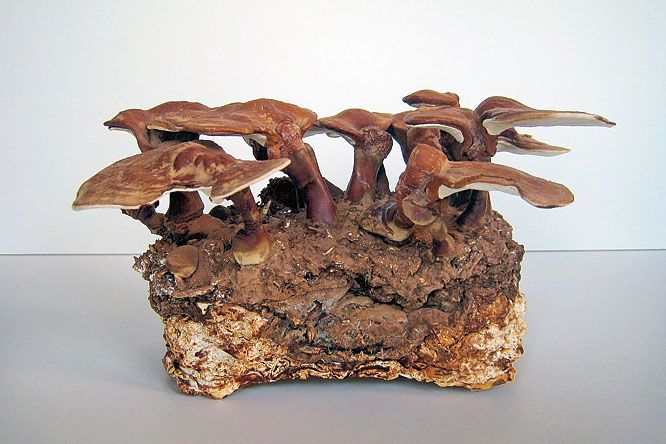👽 We are running out of sand, Find out why.
Fyodor R.
If you’re planning a beach vacation, you’d better get to it soon. An alarming statistic for you: 67% of Southern California beaches? GONE by 2100. All because of sand. Even if you don’t think about the grainy stuff, you use it daily. You’re reading this off something made with sand, looking at it through a screen made with sand, surrounded by buildings made with concrete. I could let you guess what’s in concrete, but I suspect you’re already catching onto a theme here.
See more from Vince Beiser: http://a.co/5WGs8ij
Tech Insider tells you all you need to know about tech: gadgets, how-to’s, gaming, science, digital culture, and more.
TI on Facebook: https://www.facebook.com/techinsider
TI on Instagram: https://www.instagram.com/tech_insider/
TI on Twitter: https://twitter.com/techinsider









